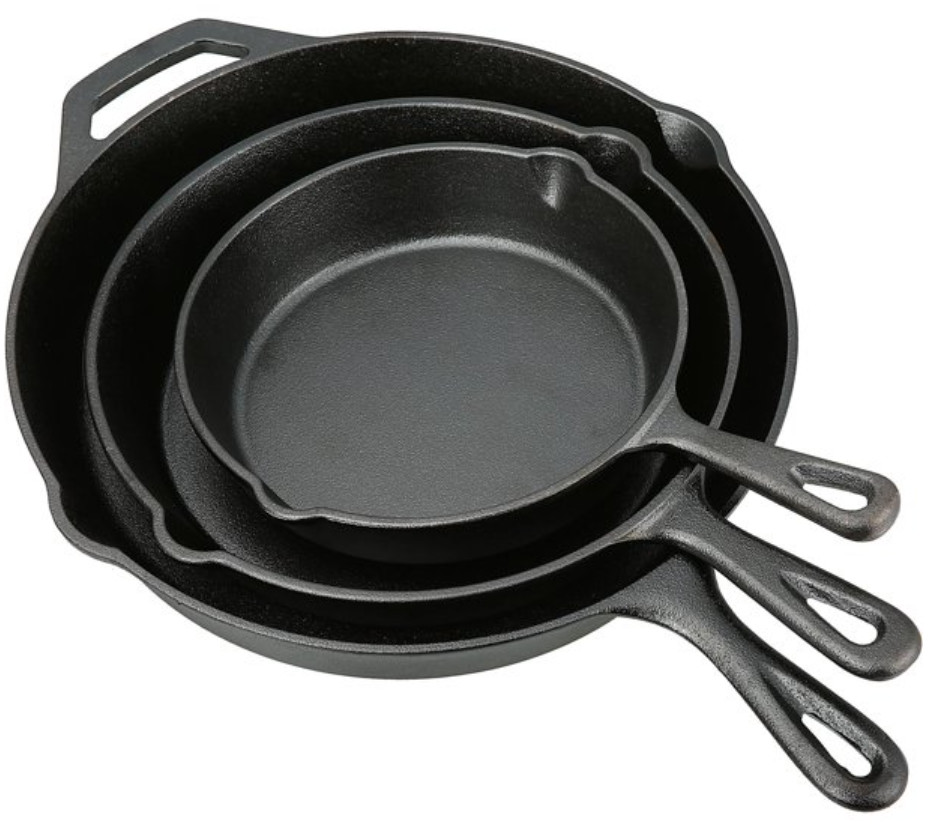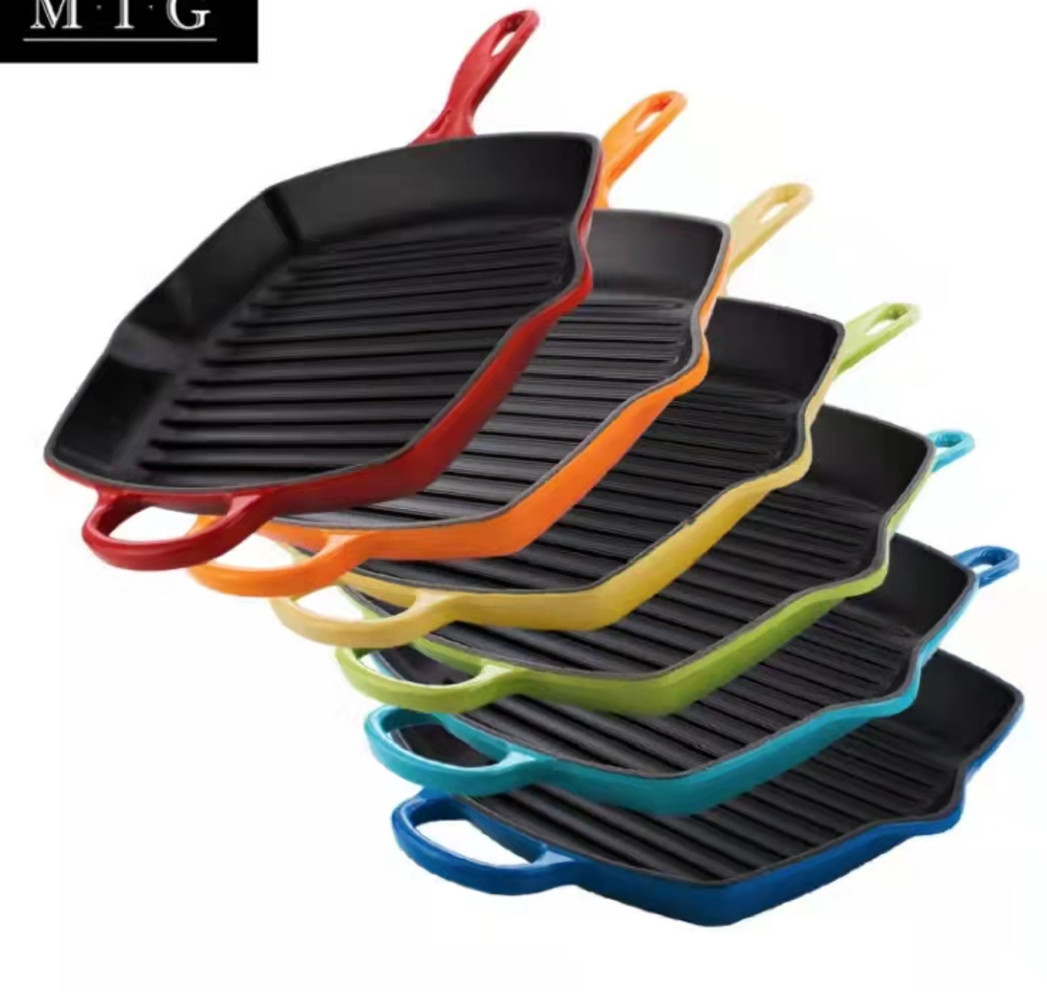- 150m južno, West DingWei Road, Nanlou Village, Changan Town, GaoCheng Area, Shijiazhuang, Hebei, Kina
- monica@foundryasia.com
lip . 12, 2023 18:48 Povratak na popis
ŠTO JE POSUĐE OD LIJEVANOG ŽELJEZA
Što je posuđe od lijevanog željeza:
Posuđe od lijevanog željeza je posuđe za teške uvjete rada koje je izrađeno od lijevanog željeza i cijeni se zbog svog zadržavanja topline, izdržljivosti, mogućnosti korištenja na vrlo visokim temperaturama i neprianjanja za kuhanje kada se pravilno začini.
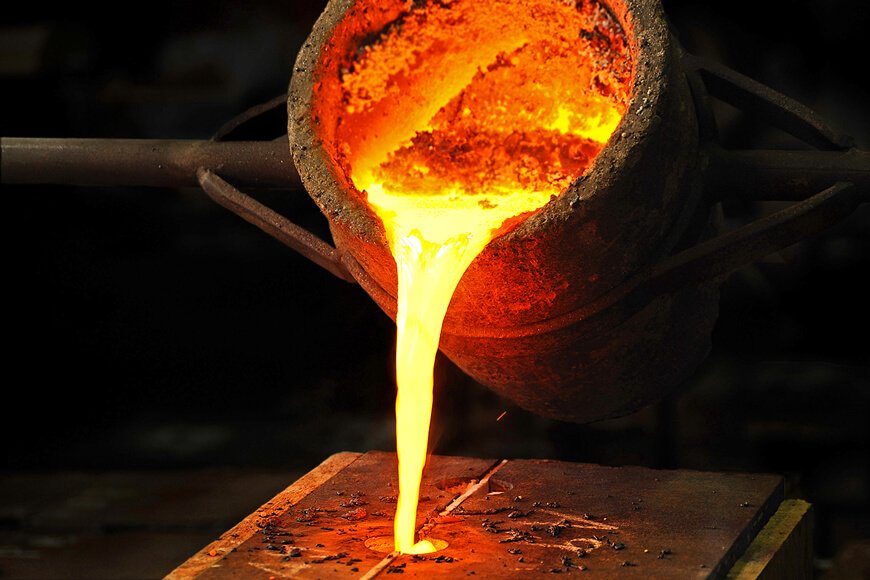
Povijest posuđa od lijevanog željeza
In Asia, particularly China, India, Korea and Japan, there is a long history of cooking with cast iron vessels. The first mention of a cast-iron kettle in English appeared in 679 or 680, though this wasn't the first use of metal vessels for cooking. The term pot came into use in 1180. Both terms referred to a vessel capable of withstanding the direct heat of a fire. Cast-iron cauldrons and cooking pots were valued as kitchen items for their durability and their ability to retain heat evenly, thus improving the quality of cooked meals.
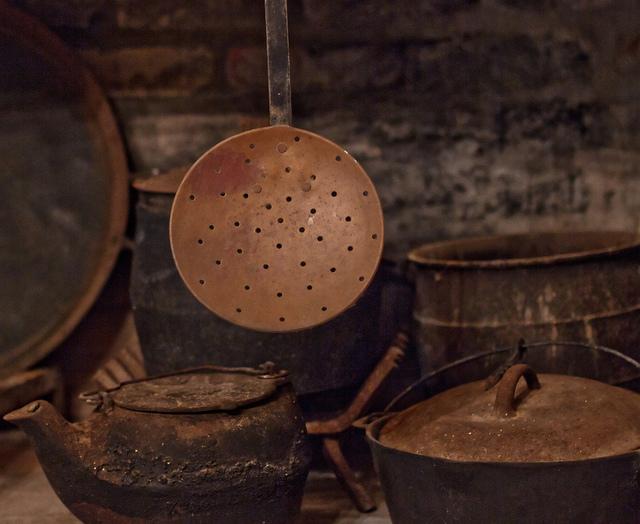
U Europi i Sjedinjenim Američkim Državama, prije uvođenja kuhinjskog štednjaka sredinom 19. stoljeća, obroci su se kuhali u ognjištu, a lonci i tave su bili dizajnirani za korištenje u ognjištu ili da budu obješeni unutar njega.
Cast-iron pots were made with handles to allow them to be hung over a fire, or with legs so that they could stand in the coals. In addition to Dutch ovens with three or four feet, which Abraham Darby I secured a patent in 1708 to produce, a commonly used cast-iron cooking pan called a spider had a handle and three legs allowing it to stand upright over campfires as well as in the coals and ashes of a fireplace.
Lonci i tave s ravnim dnom bez nogu ušli su u upotrebu kada su štednjaci postali popularni; u ovom razdoblju kasnog 19. stoljeća uveden je stan
cast-iron skillet.
Posuđe od lijevanog željeza bilo je posebno popularno među domaćicama tijekom prve polovice 20. stoljeća. Bilo je to jeftino, ali izdržljivo posuđe. Većina američkih kućanstava imala je barem jednu posudu za kuhanje od lijevanog željeza.
U 20. stoljeću također je došlo do uvođenja i popularizacije emajliranog posuđa od lijevanog željeza.
Today, of the large selection of cookware that can be purchased from kitchen suppliers, cast iron comprises only a small fraction. However, the durability and reliability of cast iron as a cooking tool has ensured its survival. Cast-iron pots and pans from the 19th and 20th century continue to see daily use to the present day. They are also highly sought after by antique collectors and dealers. Cast iron has also seen a resurgence of its popularity in specialty markets. Through cooking shows, celebrity chefs have brought renewed attention to traditional cooking methods, especially the use of cast iron.
Osnovni proizvodi
Vrste posuđa od lijevanog željeza uključuju tave, pećnice, rešetke, kalupe za vafle, prešu za panini, friteze, wokove, fondu i potjies.
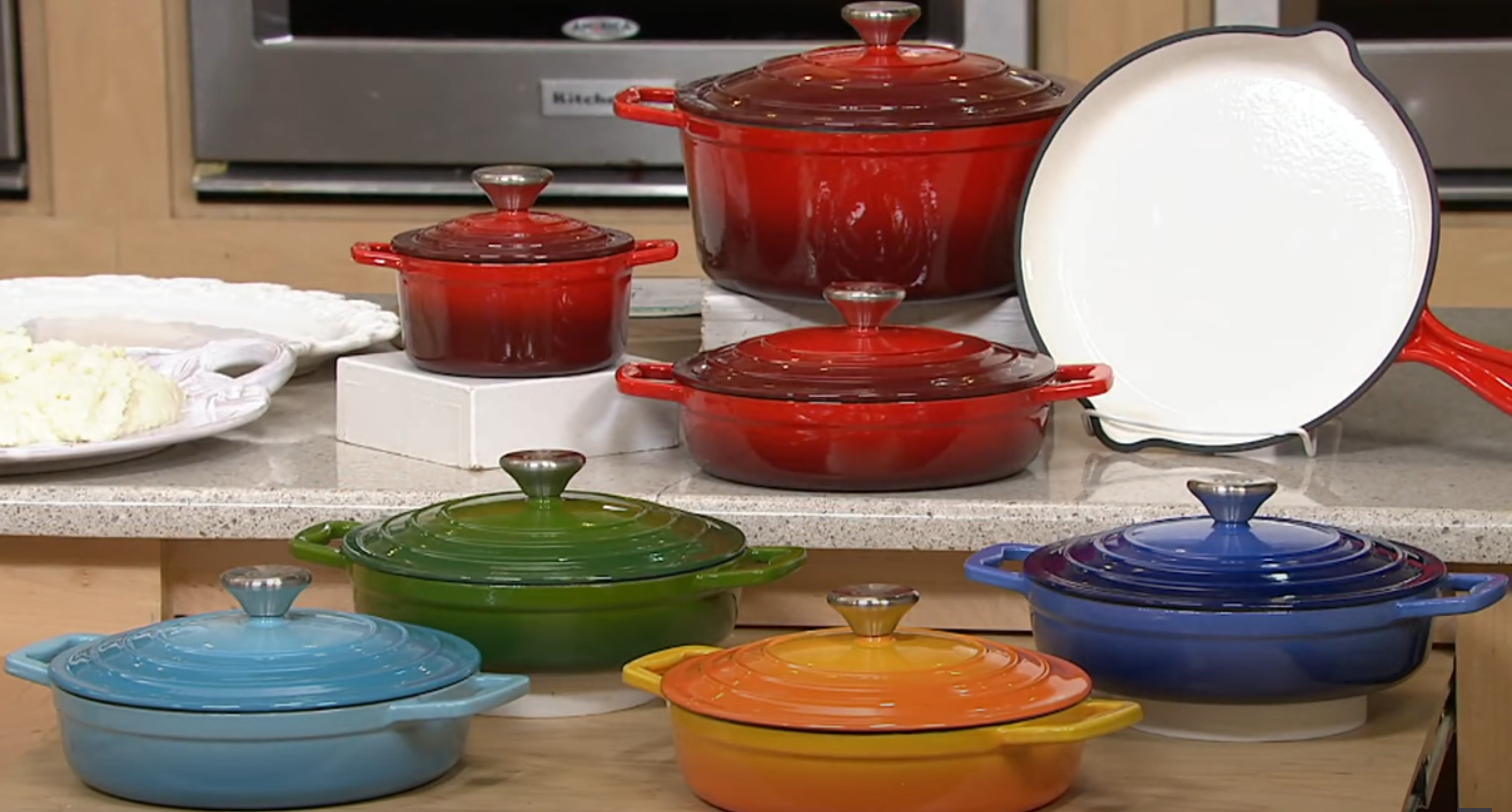
Prednosti posuđa od lijevanog željeza
Cast iron's ability to withstand and maintain very high cooking temperatures makes it a common choice for searing or frying, and its excellent heat retention makes it a good option for long-cooking stews or braised dishes.
Because cast-iron skillets can develop a "non-stick" surface when cared for properly, they are excellent for frying potatoes or preparing stir-fries. Some cooks consider cast iron a good choice for egg dishes, while others feel the iron adds an off-flavor to eggs. Other uses of cast-iron pans include baking, for instance for making cornbread, cobblers and cakes.
Many recipes call for the use of a cast-iron skillet or pot, especially so that the dish can be initially seared or fried on the stovetop then transferred into the oven, pan and all, to finish baking. Likewise, cast-iron skillets can double as baking dishes. This differs from many other cooking pots, which have varying components that may be damaged by the excessive temperatures of 400 °F (204 °C) or more.
-
Product introduction of Changan Cast Iron Co., LTD
VijestiJan.24,2024
-
The Impact of the Leidenfrost Effect on Non-Stick Properties of Cast Iron Titanium Coated Cookware
VijestiJan.24,2024
-
Istraživanje kulinarske podjele——tepsije od lijevanog željeza naspram običnih tepsija
Vijesti3. siječnja 2024
-
Radionica za pakiranje preuređena s policama i 3D skladištem za robu
Vijesti29. prosinca 2023
-
Čišćenje rabljene emajlirane posude od lijevanog željeza može se učinkovito obaviti pomoću sljedećih koraka:
Vijesti27. prosinca 2023
-
Metalografska struktura za emajl na lijevanom željezu
Vijesti27. prosinca 2023
